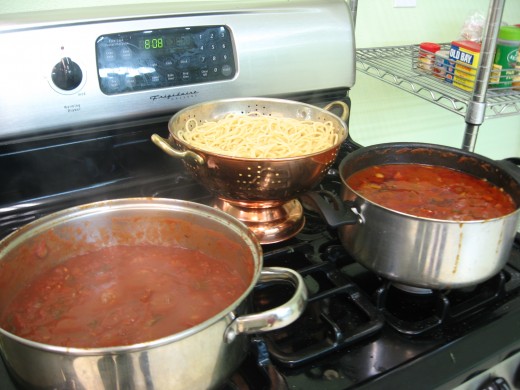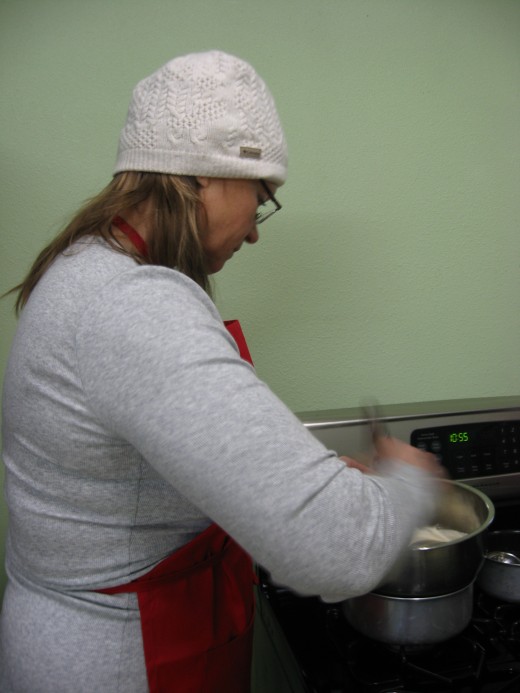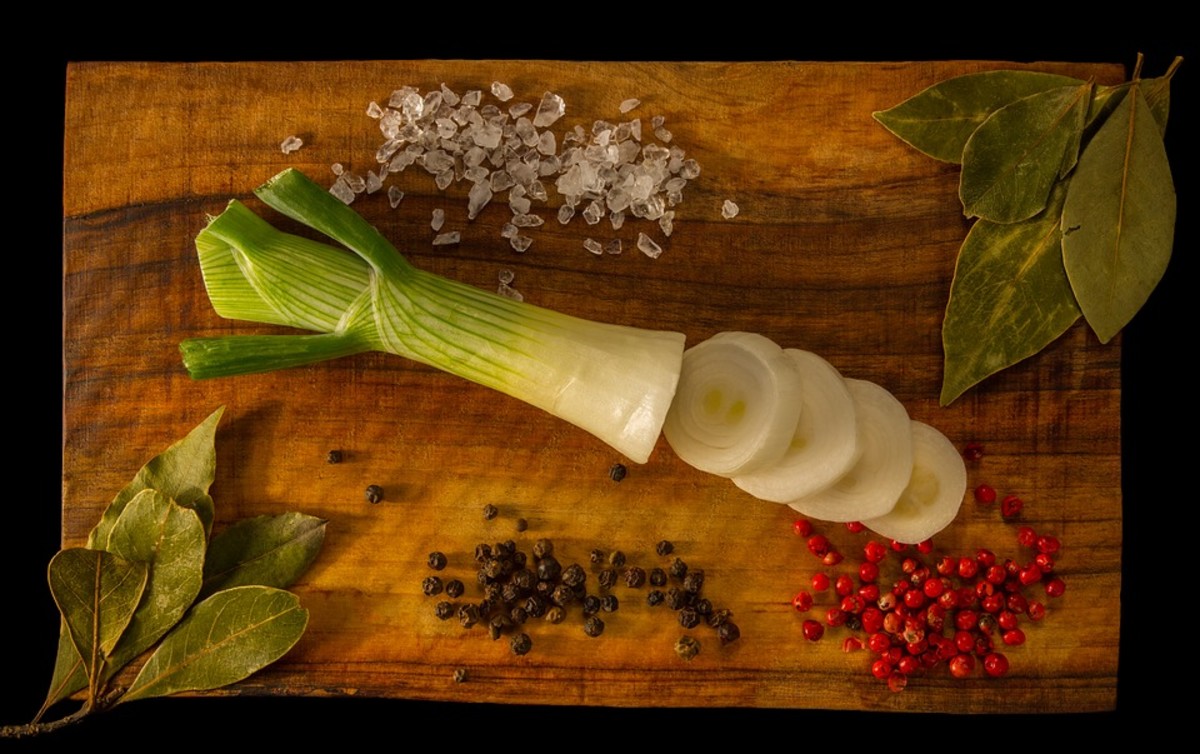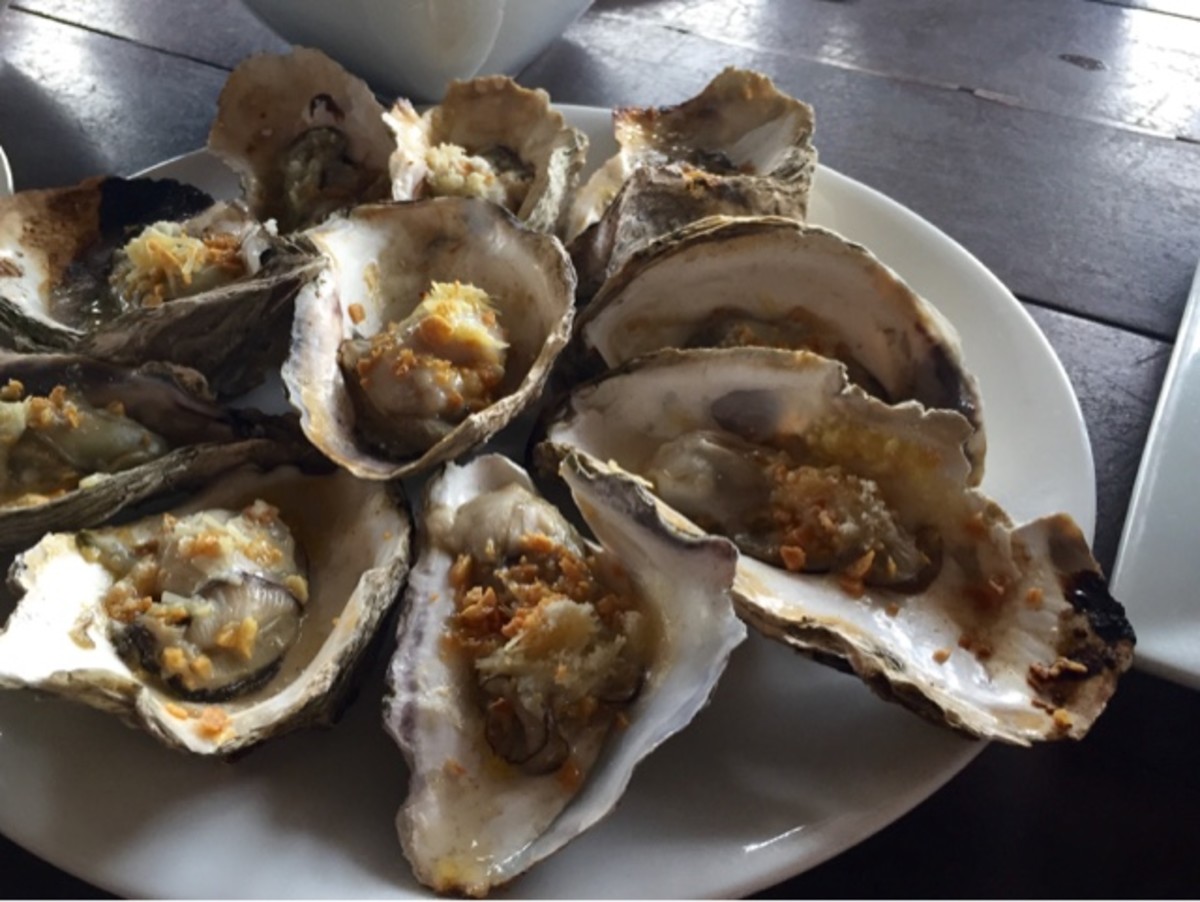The Chef, A Cook, The Pastry Chef, A Pastry Cook, A Baker


With the advent of 24/7 communication technology, where the internet has become a pervasive powerhouse for disseminating and extracting information, the definitions of terms are still a painstaking endeavor. Because anybody can just post anything, the influence can be contagiously absorbed by the less-than knowledgeable which perpetrates more ignorance.
In the culinary parlance of 'title droppin' "chef," the word has taken on a misconstrued meaning for the English-speaking general population. Chef title has been loosely and wrongly used and defined. The word chef iis French for 'the chief." Whether that be the chief, manager of a kitchen, director of an engineering firm or architecture office, it implies a leadership role.
The overall manager of a kitchen is a chef. This title in the kitchen scenario specifically defines supervision and delegation of responsibilities combined with creative decision-making. I always try to correct people's perception of the culinary hierarchy. Not all cooks are chefs; but a cook can be a chef if the cook has a leadership role in the kitchen. There is pride in earning the title of chef because it requires years of meandering through the long hours of heat exposure, stress, injuries, demanding customers, low paychecks and so on. A fresh culinary graduate DOES NOTequal to earning that chef title, yet. They can however, work for that title by toiling in the food industry for years and becoming chief of the kitchen.
When I was enrolled in a San Francisco culinary school in 1994, our instructors were addressed as Chef so and so. The school's instructors had inculcated us on using the title properly. Yet, culinary students are smitten -- calling themselves as such. I was no exception. I learned over the years when I had to face younger untried versions that I realized the montrosity of undeserved titles.
I used to feel belittled when I was being called a cook when I had already attained my years of toiling. I would correct the person or persons as I am a chef to make me seem important.
When I read one of Madeleine Kanman's book and she referred to herself as a cook. It was a lesson of realistic humility from the culinary pariah.
The kitchen's hierarchy of bestowing titles in French is called the "Brigade de Cuisine " by the visionary George August Escoffier. Escoffier's visualization and mission to improve and simplify kitchen organizational system paved the way for divvying job duties and responsibilities and bestowing proper titles to match the station where a cook is working and what the cook is trained to specialized in.
In Europe, trade apprenticeships such as cooking and baking start early in a person's ife. A young adult has to start from the bottom--washing dishes, disposing of garbage then maybe in a few years start off by peeling potatoes. These young apprenticeships are inculcated with devotion to this calling. Unlike what has been happening the last two decades, marketing of the cooking profession has become a tremendous business explosion. It has become a star-making endeavor. Of course, talent, skill and personality make one a moneymaker in the omnipresent media. Just look at the big names in cooking began in the modern world by the legendary Julia Child. Every potential cook wants to be a Julia Child.
The horrendously exorbitant fees that can cost as much as $40,000 a year is ridiculous. Culinary graduates who had indebted themselves in student loans may not possess top-notch training or even the excellence that you might expect when they graduate. And the sad part is, in real life, they could be earning a bit more than minimum wage for years.
The following are their equivalent titles and job specialties.
Kitchen Hierarchy
Chef or Chef de Cuisine- The top cook in the kitchen has overall management and creative authority. All kitchen staff reports to the Chef. The contemporary English equivalent is Executive Chef or Head Chef. Pronounce as 'shef,' or 'shef de kwee-zeen.'
Sous Chef - The second banana, the right-hand person of the Chef. When the Chef is not around, the kitchen staff is aware that the Sous Chef is the boss. Sous is a French word for under. Prounouce 'soo shef."
Saucier - Pronounce as 'saw-shay.' This position holds a prominence in the kitchen besides being in charge of all sauces excluding dessert sauces, the saucier has responsibility for most hot dishes.
Boucher - The butcher. Prounounce boo'shay.
Chef de Partie - The station chef. A large commercial kitchen that follows the French hierarchy has several lead or supervisory cooks. Here are some examples:
Chef Patissier or Pastry Chef - The top baker for all baked and pastry goods has overall management and creative authority in the bakery area. Pronounce as 'pa-tee-sje.'
Garde Manger - In charge of cold food items such as salads, cold appetizers, etc. Pronounce as 'guard man-jay.' In American kitchen, this is referred to as the Pantry Station.
Most of the other French titles are not really used in American kitchens. Please refer to http://en.wikipedia.org/wiki/Brigade_de_cuisine for further reading.
- Chef - Wikipedia, the free encyclopedia
More details on other kitchen titles and positions.
The American Kitchen Brigade
It is a more simplified organizational system used in the United States. The bigger commercial establishment uses more titles than the smaller businesses. Here is the breakdown of the American kitchen hierarchy from the top:
Executive Chef - The top honcho has overall management, decisionmaking for the property. It is not unusual for an Executive Chef to handle more than one outlet or venue within a property. An Executive Chef has worked the ranks; has a record of culinary stability; demonstrates peripheral creative moneymaking food production. The title Head Chef or Chef are used in smaller businesses.
Sous Chef - Some properties like big hotels even use Executive Sous Chef to distinguish the level of supervision. When there is an Executive Sous Chef, most likely there is a Sous Chef.
Banquet Chef - Hotels employ Banquet Chefs to focus only on catering to large parties.
Pastry Chef - Hotels have Pastry Shops, therefore, a Pastry Chef is needed to create and supervise the pastry cooks or bakers. Some upscale restaurants do have a Pastry Chef that can either work full-time or part-time. Restaurants do not provide an area for pastry, only a small corner in the kitchen shared by others.
Baker - Hotels may have a Pastry Chef and a Baker. Baker are assigned to concentrate on yeasted breads for breakfast, lunch & dinner and banquets.
Line Cooks - The line cooks are divided into: Sauté Cooks, Broiler, Pantry. Depending on the scale of the business, there may be more than one Sauté Cooks in a single shift.
Pantry Cook - The cold food maker. Pantry Cooks prepare cold salads, sandwiches and appetizers.
Prep Cook - The preparation of most tedious things in the kitchen are assigned to Prep Cooks. Usually Prep Cooks have the lesser culinary experience.
Dishwasher - That says it including disposing of trash.
The Chef's Toque or Hat
In the traditional French kitchen hierarchy, the taller the toque, the higher your position. However, in contemporary times, with the glamourization of the cook, the culinary marketing machine is in constant high gear. There are varying sizes, styles and colors of hats. Hats off to lively creativity. You would actually find in some institutions, some chefs (managers) do not wear the typical tall hat. Whatever hat their company provides is what is worn. At times, on tolerant organzations, the kitchen staff is allowed to wear their choice of hats whether it be the scull cap, paper toque or cloth toque or bandana. Some prefer to shave off their hair. The simple answer to the Department of Health's Sanitation protocol of covering your head to prevent falling hair, dandruff and the unwanted to falling into your food.
The Chef's Uniform
Jacket - A traditional double-breasted button-down long sleeves white 100% cotton jacket.
Again, traditional wear in the kitchen has become colorful. White is still preferred because it still conveys purity and cleanliness. There are a variety of colored jackets of your choice. Most institutions such as hotels prefer the standard whites. Other food service companies prefer colored. I once worked in a resort in Park City, Utah that preferred black jackets and black pants. Lord, it's not cool when you are absorbing all that heat. One hundred percent cotton material is highly recommended because it absorbs heat and generates coolness. Note: not 'cool' as in appearance. Culinary fabrics are getting produce with cotton blends.
Pants - Standard zippered pocket cotton plaid. However, current times call for alternative fabrics, colors and styles. The baggy style is now too common for males and females.
A cotton scarf to catch the dripping sweat off your face.
An apron acts as barrier for soiling the uniform.
A towel to clean off the fingerprints from the plates.
TOOLS TO SHARPEN YOUR SKILLS
Sharp knives in this case are a necessity. It is frustrating to work with dull knives; besides slowing you down and dangerous, one would look ineffective. Culinary schools provide a tool kit for new students that will comprise of the basic knives and other tools. The kit may have two kinds of chef's knife, a carving knife, paring knife, bread knife, a steel to sharpen the knives and miscellaneous other tools such as peeler, melon baller, etc.
It is a lot easier when you have your knife to work with because you have gotten to know to handle it. Even though some commercial establishments provide house knives, they may not be comfortable to work with. Knives come in different shapes, sizes and weight. There are some knives I prefer not to use because of the handle.
There are numerous properties who expect a newbie cook to bring their own knives, as well as take care of these themselves. Knives are best washed manually and not left in the hand sink under running water where while other staff continue to use that hand sink. It still blows my mind when I see these idiotic habit practiced. Whoever does this cannot reconcile the fact that those knives are getting more exposed to germs and wasting tons of water.
PASSION FOR COOKING NEVER A CAREER TO MAKE MONEY
You can be a cook for 20 years and still make $12-$15 per hour. Whether you are managing the kitchen or not, the difference in pay are so minimal, it is so painful. If you want to make money in the food industry, better have a rich family to fall back on, a successful business and a solid reputation for REAL talent and skill. Not all culinary students who graduate from expensive schools are trained well or skilled or have talents. Just like in any other field, mediocres abound. Academic fees for culinary schools are constantly skyrocketing. In 1994, during my time, a 16 month course cost #24,000. Now, that is twice that or more. When these fresh graduates realize when they are sunk into the real world, they would start at minimum wage or $10 per hour. $12 as a starting pay is steep for any company. The cheaper you come, the better. Yet, they want skills and experience. You gotta start somewhere.










